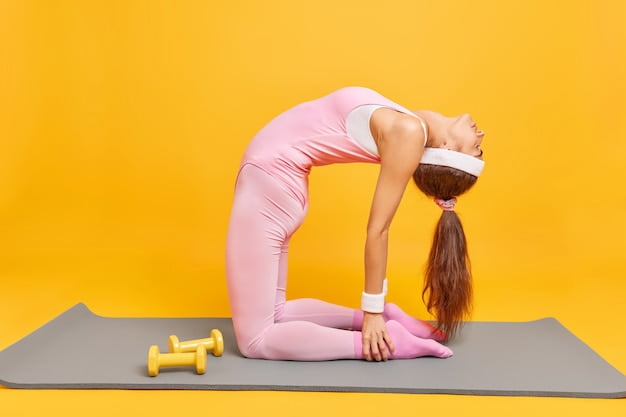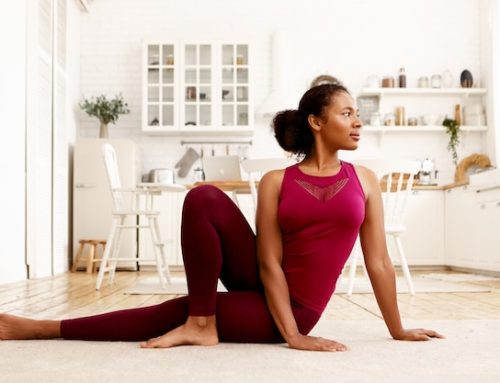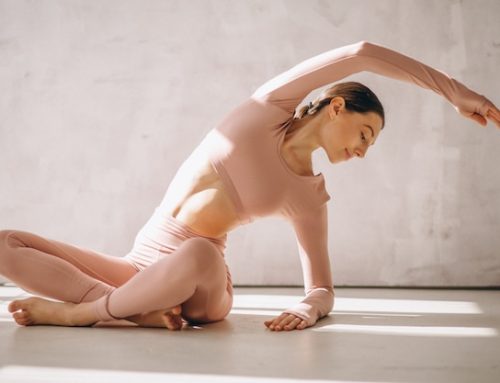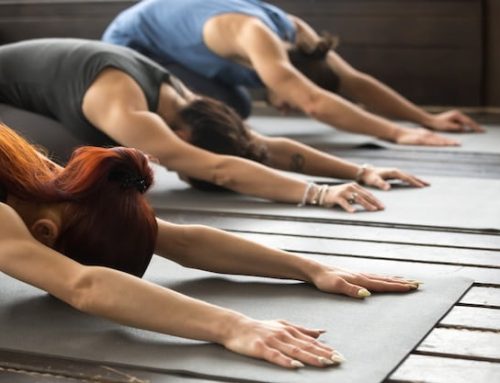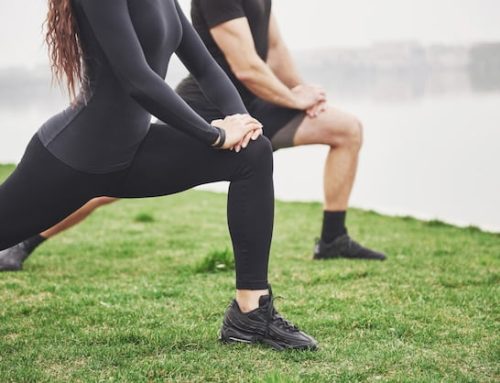The Importance of Stretching
Stretching is a crucial part of exercise routines, and for a good reason. It helps improve flexibility, range of motion, and prevents injuries. Regular stretching can also help alleviate muscle tension and soreness. However, it is important to know how to stretch properly to reap the benefits effectively.
What does stretching do?
Is stretching necessary? People who play sports professionally, physiotherapists and trainers agree and will answer that yes, stretching is essential. But amateurs often see stretching as a waste of time. Unfortunately, not stretching after exercise, exposes the body to unnecessary muscle pain, cramps and soreness. Stretching is a set of exercises designed to increase flexibility and relax muscles. During training, muscles shorten and stretching helps them return to their original state. Well-chosen stretching exercises relieve muscle stiffness, make muscles pain-free and ready for the next day’s workout.
Regular stretching has a beneficial effect on the figure, which becomes more open, upright and resilient. The overall posture improves and the range of movement increases. Importantly, stretching effectively eliminates joint and muscle pain. Stretching exercises are often used as one of the methods of rehabilitation.
Stretching has other benefits worth mentioning :
- improves circulation, increases blood flow and nutrients to the muscles, which helps to reduce pain
- strengthens tendons and improves blood supply to muscles
- improves muscle strength
- speeds up the muscle recovery process
- helps to relax and calm down
- helps to restore energy
- Improves motor coordination
- relieves stress and allows you to forget about everyday problems.
- relieves tension in the entire body
- increases awareness of one’s own body
- effectively reduces the risk of injury and trauma during regular training.
Types of stretching
There are different types of stretching that one can incorporate into their workouts. Static stretching involves holding a position for a certain period, while dynamic stretching involves movement, such as lunges and arm swings. Ballistic stretching involves bouncing movements and is not recommended because it can cause injury.
Types of stretching
Muscle stretching, or stretching, can be divided into two main types. These are:
- dynamic stretching – these are exercises that are ideal as a warm-up before the main workout. The exercises are dynamic, involving 5-8 exercises of about 10 repetitions each. These can include arm and leg swings, lunges, arm circles, leg raises, jumping jacks and jumping jacks. Dynamic stretching increases joint mobility, flexibility of muscle tissue, joints and ligaments and minimises the risk of injury.
- Static stretching – these are exercises to calm the muscles after an intense workout and restore them to their pre-training state. Static stretching requires the strength of muscle groups to hold a stretching position, such as standing on one leg or sitting in a wide stance. Each stretch should last 10-15 seconds and you should do 1-2 stretches per muscle group. Some exercises can be performed using a ladder or chair, for others your own body is sufficient. During static stretching, you can perform the following, among others: small bridge, forward bends, pulling your head to your chest, forward bends, pulling your knees up to your chest.
Stretching Techniques
When stretching, it is important to use proper technique to avoid injury. One should focus on the muscle group being stretched and avoid bouncing, as it can lead to muscle strain. Stretch to the point of mild discomfort, but not to the point of pain. Hold each stretch for 15 to 30 seconds, and repeat on the other side.
| Stretching Technique | Description |
|---|---|
| Static Stretching | Hold a stretch position for a specific duration (15-60 seconds) to improve flexibility. |
| Dynamic Stretching | Perform controlled movements that mimic the activity or sport you’re about to engage in to warm up the muscles and increase range of motion. |
| Active Isolated Stretching (AIS) | Stretch a muscle for a brief period (1-2 seconds), release, and repeat several times to improve flexibility and circulation. |
| Proprioceptive Neuromuscular Facilitation (PNF) | Combines stretching and contracting muscles. Involves stretching, isometric contraction, and relaxation to increase flexibility. Typically done with a partner. |
| Ballistic Stretching | Use bouncing or momentum to extend the range of motion. Not recommended for beginners due to a higher risk of injury. |
| Active Stretching | Use the strength of opposing muscles or body parts to stretch a specific muscle group. Improves flexibility and muscle control. |
| Yoga | Combines stretching, controlled movements, balance, and breathwork. Helps improve flexibility, strength, and body awareness. |
| Pilates | Focuses on stretching, controlled movements, core strength, and body alignment. Enhances flexibility, stability, and overall body conditioning. |
The Strongest Natural Muscle Relaxer
People often take medication to relax their muscles, but there are also natural remedies that can provide similar benefits. One of the most potent natural muscle relaxers is magnesium. Magnesium is a mineral that plays a vital role in muscle function and relaxation. It helps regulate muscle contractions and can reduce muscle tension and cramps.
A study published in the Journal of Integrative Medicine found that magnesium supplementation was effective in reducing muscle pain and soreness in athletes. Another study published in the Journal of Sports Science and Medicine found that magnesium supplementation improved muscle performance and reduced fatigue.
Other Natural Muscle Relaxers
In addition to magnesium, there are other natural remedies that can relax muscles. These include:
Cherry Juice
Cherry juice is rich in antioxidants and has anti-inflammatory properties. A study published in the Scandinavian Journal of Medicine and Science in Sports found that cherry juice reduced muscle damage and soreness after a strenuous workout.
Turmeric
Turmeric is a spice that contains curcumin, which has anti-inflammatory properties. A study published in the Journal of the International Society of Sports Nutrition found that curcumin supplementation reduced muscle damage and improved recovery after exercise.
Epsom Salt
Epsom salt is a compound of magnesium and sulfate, which can be absorbed through the skin. A study published in the Journal of Athletic Training found that Epsom salt baths improved muscle recovery after exercise.
Incorporating Natural Muscle Relaxers into Your Routine
If you experience muscle tension, soreness, or cramps, consider incorporating natural muscle relaxers into your routine. This can include magnesium supplements, cherry juice, turmeric, or Epsom salt baths. Remember to always consult with a healthcare professional before taking any supplements or trying any new remedies to ensure that they are safe for you.
Conclusion
Stretching is an essential component of a healthy and active lifestyle. It can improve flexibility, range of motion, and prevent injuries. Natural remedies, such as magnesium, cherry juice, turmeric, and Epsom salt, can also provide benefits in relaxing the muscles. Consider incorporating these remedies into your routine, along with proper stretching techniques, to help alleviate muscle tension and soreness.
